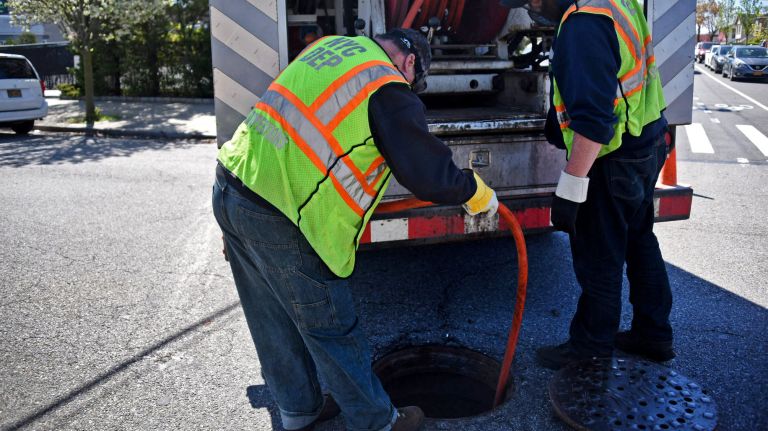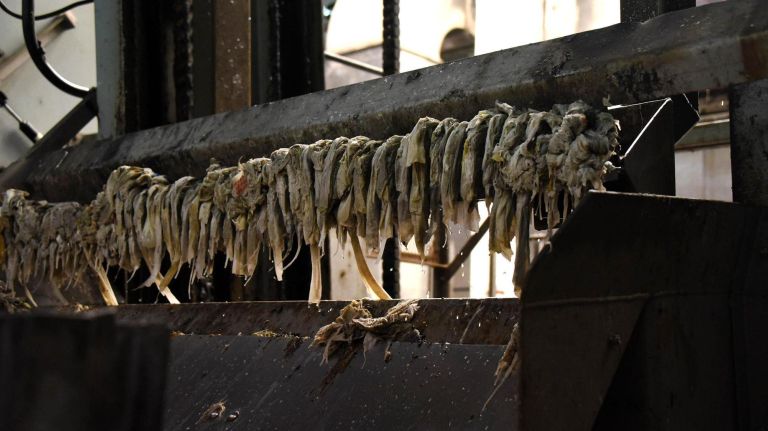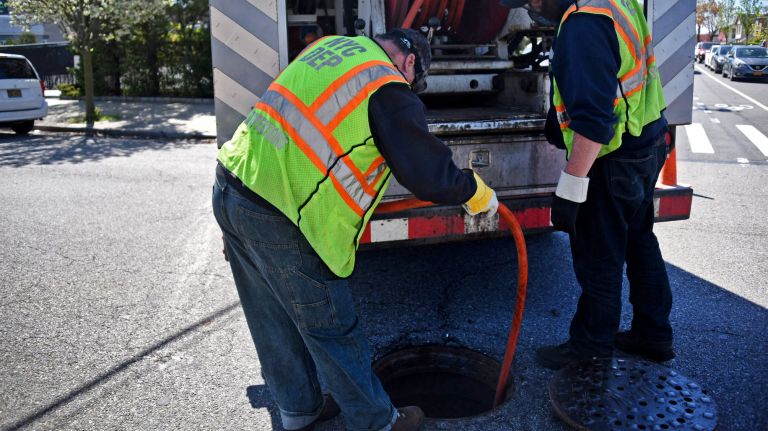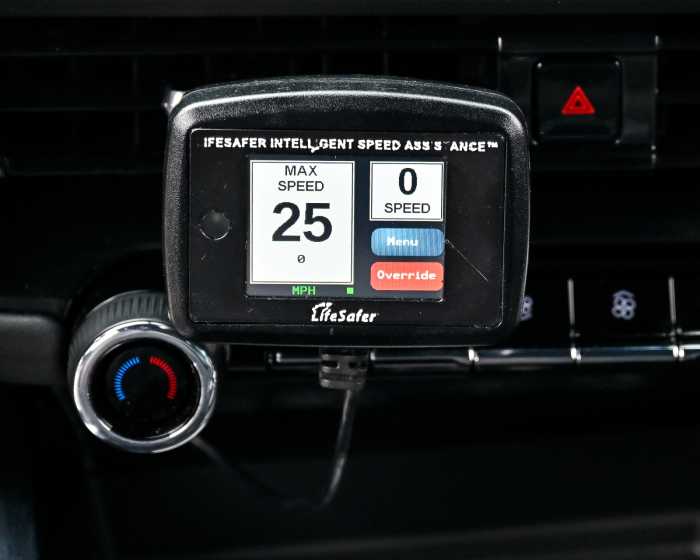
This is part of our NYCurious series, where we answer your burning questions about the city. Ask yours here.
Treating the sewage from 8.6 million New Yorkers is no small task.
The city has a vast sewer system with more than a dozen wastewater treatment plants to treat the sewage before it ends up back in local waterways.
Scroll down for more on the process.
What type of sewer system does the city have?
In about 60 percent of the city, there is a combined sewer system, which means wastewater from toilets and drains, storm water and street runoff, such as water from washing a sidewalk, go into the same sewers that flow into treatment plants.
The rest of the city uses a separate sewer system, with pipes carrying wastewater into treatment plants and separate pipes carrying storm water and street runoff directly into local waterways.
There are challenges with both types of systems as combined sewer systems can overflow when there is heavy rain or snow, and separate sewer systems don’t treat storm water that could have picked up pollutants from the street, according to the Department of Environmental Protection.
The DEP’s storm water management helps combat those challenges and keep local waterways clean. The New York Harbor is cleaner than it has been since the Civil War, DEP spokesman Ted Timbers said.
How large is the sewer system?
There are more than 7,400 miles of sewer pipes throughout the city and 14 wastewater treatment plants.
Five of the plants are in Brooklyn, four are in Queens, two are in both Manhattan and Staten Island and one is in the Bronx.
Together, the plants treat about 1.3 billion gallons of wastewater on a dry weather day and more than twice that when it rains, Timbers said.
How is wastewater treated?
Here’s a look at the steps in the city’s wastewater treatment, according to the DEP:
Preliminary Treatment
In each of the plants, the wastewater goes through “screens” that remove sticks and trash that may have gotten into the sewer from the street, as well as items that shouldn’t be flushed, such as wipes. The garbage is moved to landfills and the wastewater moves to the next phase.

Primary Treatment
The wastewater goes in “primary settling tanks,” or “sedimentation tanks,” for one to two hours, where solids settle at the bottom of the tanks and light materials, like grease or plastic, float to the top. The materials at the top are skimmed from the surface, and the settled solids, called “primary sludge,” are pumped out of the tank through devices that separate out sand, grit and gravel. The sludge continues on to another part of the plant where it is further processed.
Secondary Treatment
The secondary treatment, which takes three to six hours, is known as the “activated sludge process.” During this process, “seed” sludge is added to the wastewater and air is pumped into the tanks, which causes the growth of oxygen-using bacteria and other organisms naturally present in sewage. Those microorganisms consume much of the remaining organic material in the wastewater and produce particles that will later settle at the bottom of the tanks.
The wastewater then goes to the “final settling tanks” for two to three hours, where the particles produced by the microorganisms, or “secondary sludge,” settle. Some of the sludge is recycled back into the aeration tanks for the activated sludge process, and the rest is added to the primary sludge for further processing.
At this point, 85 percent to 95 percent of pollutants from the wastewater have been removed.
Disinfection
The last step in the wastewater treatment process is disinfection. The wastewater is mixed with sodium hypochlorite, which is found in household bleach, for at least 15 to 20 minutes.
The treated wastewater is then released into local waterways.
Sludge Treatment
The sludge produced from the treatment process goes through its own treatment to become “biosolids.” These solids are taken to landfills or further processed by outside contractors to be used as a soil amendment. The use of biosolids is regulated by the federal and state government.
The city produces about 1,200 tons of biosolids per day, according to the DEP.
What are fatbergs?
When grease and trash end up in the sewer, they can build up and cause fatbergs, which clog the system. Things that shouldn’t go down the kitchen drain or be flushed down the toilet include grease, wipes (even if they are labeled “flushable”), feminine hygiene products, hair and pet waste.
The city spends nearly $20 million a year dealing with fatbergs.
This NYCurious was inspired by a submission from Jonathan Chung in Forest Hills.
Read more: Safety Concerns Close Tony Dapolito Recreation Center






































